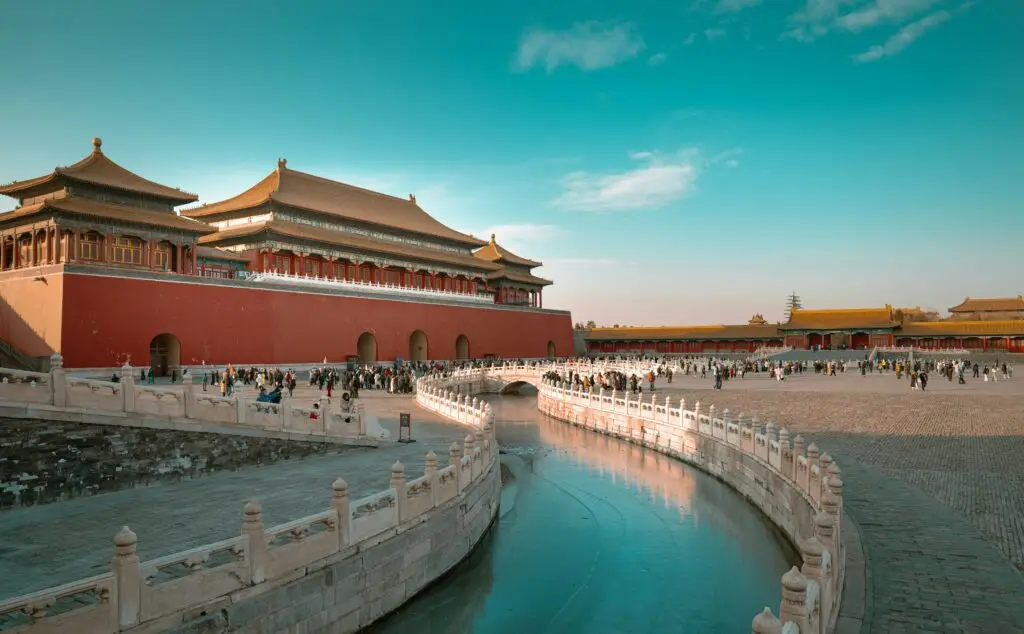To truly understand China, one must look beneath its bustling cities and iconic landmarks, into the roots of a civilization shaped by philosophy, tradition, and a timeless search for harmony. Chinese culture is not only the story of emperors and dynasties—it is the living expression of ideas and values that continue to guide daily life even today.
At the heart of these roots are three ancient philosophies: Confucianism, Taoism, and Buddhism. Confucianism emphasizes moral order, family bonds, and respect for elders, values that still define social interactions in modern China. The idea of filial piety—caring for one’s parents and honoring ancestors—remains a cornerstone of Chinese family life. Taoism, on the other hand, teaches balance with nature and the flow of life. Its influence is felt in Chinese medicine, martial arts, and even in the graceful design of traditional gardens, where water, rocks, and plants are arranged to reflect cosmic harmony. Buddhism, arriving from India over two millennia ago, brought with it compassion and spiritual reflection. Its legacy can still be seen in the serene temples, mountain monasteries, and intricate cave carvings scattered across the country.
These philosophies are more than abstract ideas—they shape how Chinese people live and relate to one another. Harmony is not just a word, but a guiding principle: harmony between people, harmony within families, and harmony between humans and nature. Respect for tradition means that festivals, rituals, and customs continue to flourish, binding generations together. Whether it’s the warmth of family reunions at Spring Festival, the careful respect shown to teachers and elders, or the practice of tai chi at dawn in local parks, these values are present in daily rhythms across China.
Chinese culture also expresses these roots through its arts and practices. Calligraphy and poetry reflect the Confucian pursuit of knowledge and refinement. Taoist ideas flow through ink paintings of misty mountains and rivers, celebrating simplicity and the natural world. Buddhist influence shines in music, sculpture, and architecture, evoking peace and transcendence. Even food embodies these philosophies: balance of flavors, attention to seasonality, and the belief that meals bring families and communities together.
What makes Chinese culture so extraordinary is its ability to endure and adapt. Despite wars, dynastic shifts, and the rapid changes of modern times, the essence of these philosophies has remained alive. They are not relics locked in the past but living traditions that continue to inspire China’s society today.
For foreign travelers, experiencing these roots is as enriching as exploring the Great Wall or the Forbidden City. It is found in sharing tea with locals, learning a few words of Mandarin, watching families gather around a meal, or quietly standing in a temple while incense drifts through the air. Each moment offers a glimpse into how China’s ancient philosophies still shape the heartbeat of modern life.
The roots of Chinese culture are deep, resilient, and ever-flowing—connecting past and present, people and nature, tradition and innovation. To travel through China is to witness not just its history, but the living spirit of Confucian wisdom, Taoist balance, and Buddhist compassion that continue to guide its people today.

